
Für eine deutsche Übersetzung dieser Seite einfach die Brandenburger Flagge anklicken
 |
Click the Brandenburg Flag for a German translation Für eine deutsche Übersetzung dieser Seite einfach die Brandenburger Flagge anklicken |


|
|
Vacation 2010September 21, GermanyFormer Concentration Camp Sachsenhausen |
|



|


 After the war, during Soviet occupation, the Russians too used a part of the camp as prison, adding another 12,000 victims to the death toll. Today, the camp is a museum, honoring all victims of tyranny. We will keep our comments on this site to a minimum and let the pictures speak for themselves. You can read more about the camp at wikipedia. |

 |
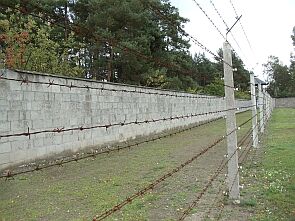 |
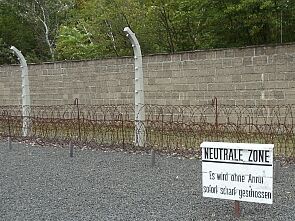
|
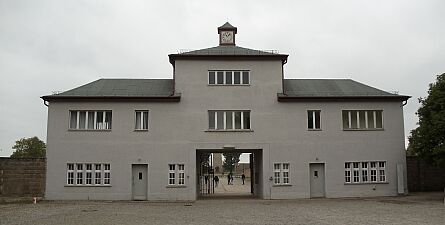 |
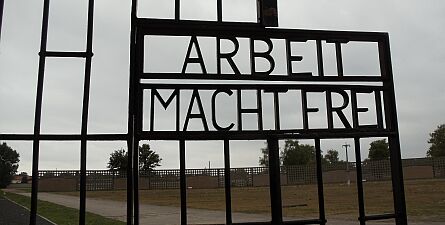
|

 |
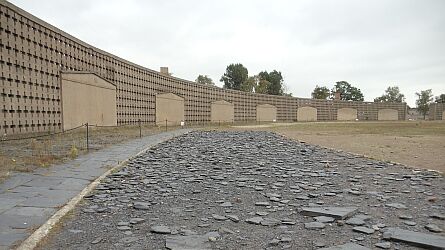 |

|
| Above are parts of the "Leather Testing Lane" Here, inmates had to march for hours to test new shoe material for the German military. When the camp was liberated, most of the original barracks hat to be burned to prevent the spread of epidemics. The locations are marked by granite pedestals. |

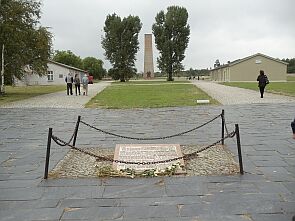 |
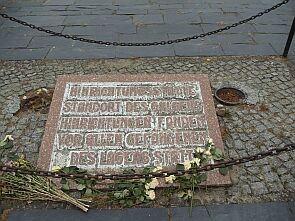 |
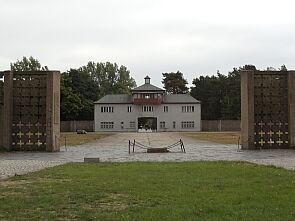
|
| Location of the gallows. Executions were carried out in front of all inmates. |

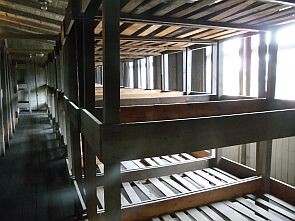 |
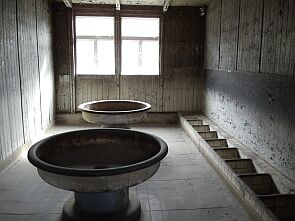 |
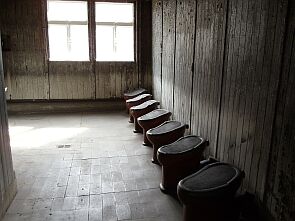
|
 |
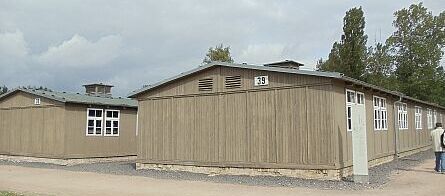
 Two barracks were kept intact to illustrate the inmate's life (above). Also kept was the solitary confinement bunker (below). |
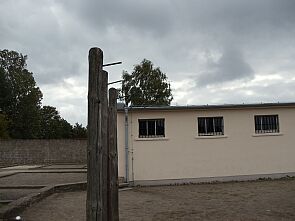 |
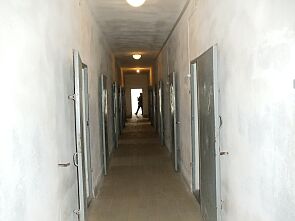 |
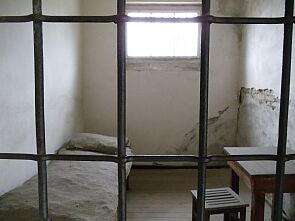
|


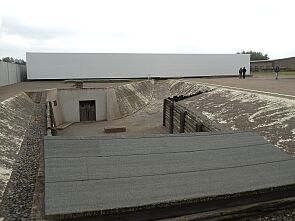 |
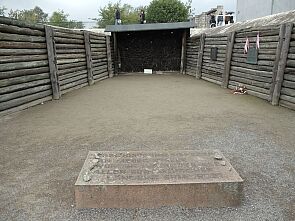 |
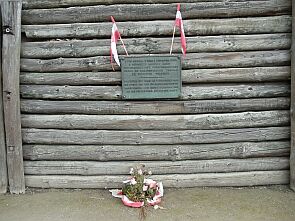
|
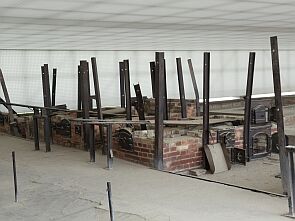 |
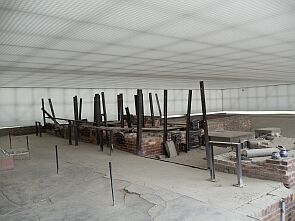 |
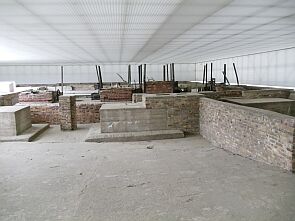
|


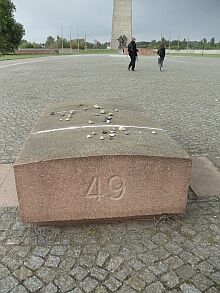 |
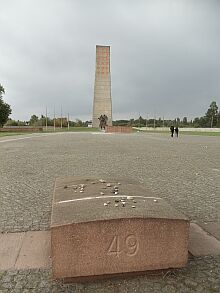 |
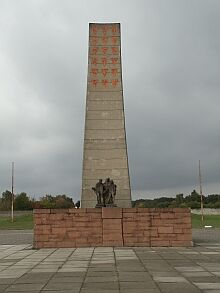 |
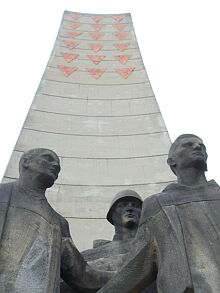
|
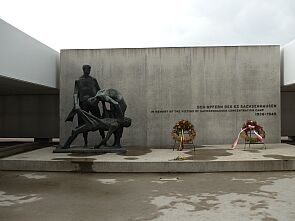 |
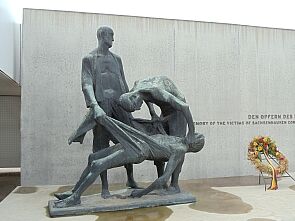 |
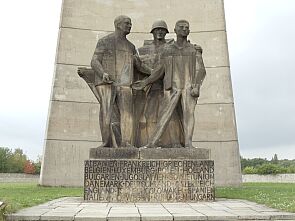
|


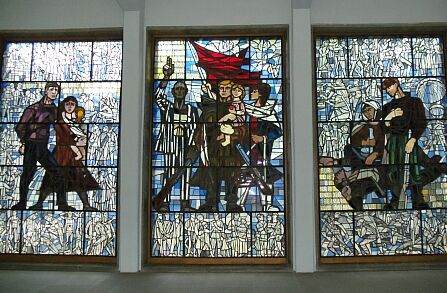 |
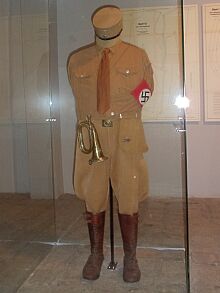 |
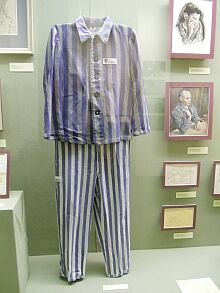
|
The museum bears testimony to the victims and the perpetrators. It also shows artwork done by inmates (below left) and displays the typical German accuracy,
in which the mass-murder was documented (below right).
|
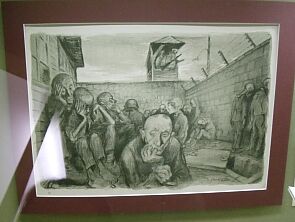 |
 |
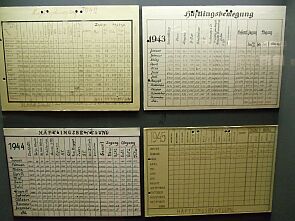
|

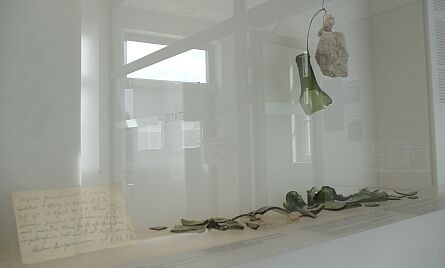 |
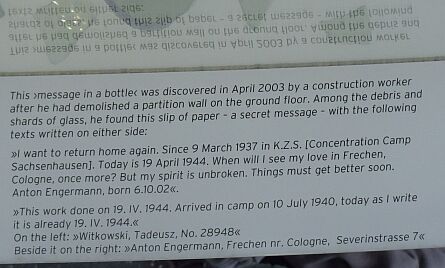
|
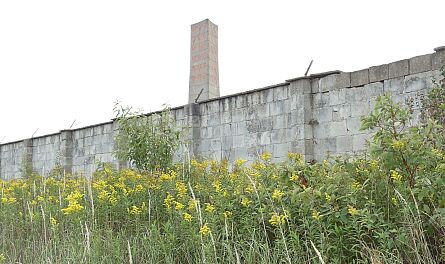 |

|




 Back to Vacation 2010 |
 Back to English Main Page |
 Back to Start Page |